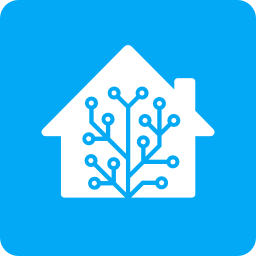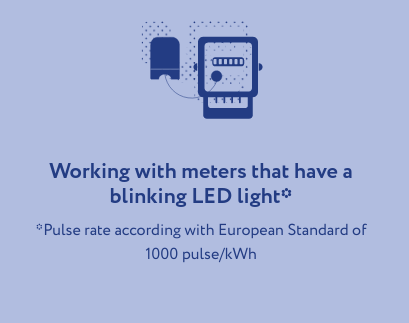Gmail offers imap amd smtp access. You have to enable 2FA, and then it will allow you to create account for so called “less secure apps”.
In your place, I’d either continue using gmail directly, or finish the configuration of the self hosted mail server and just use that with any smtp/imap client. I suggest getting a separate domain for testing first, before moving your primary inbox there.






When it comes to zigbee devices, don’t combine the aqara wall switches with large (4 buttons) ikea remotes.
The wall switches tend to execute the commands from the remotes instead of just routing them to the coordinator.
I have similar experience with the ikea bulbs. More of them I connect, more stable the whole network gets.